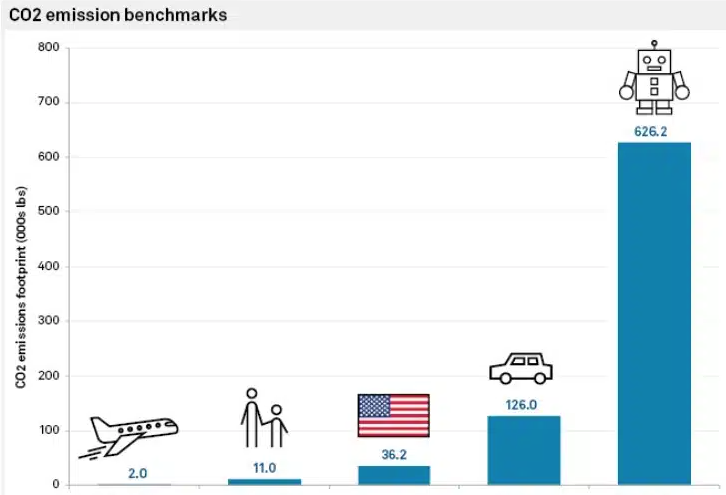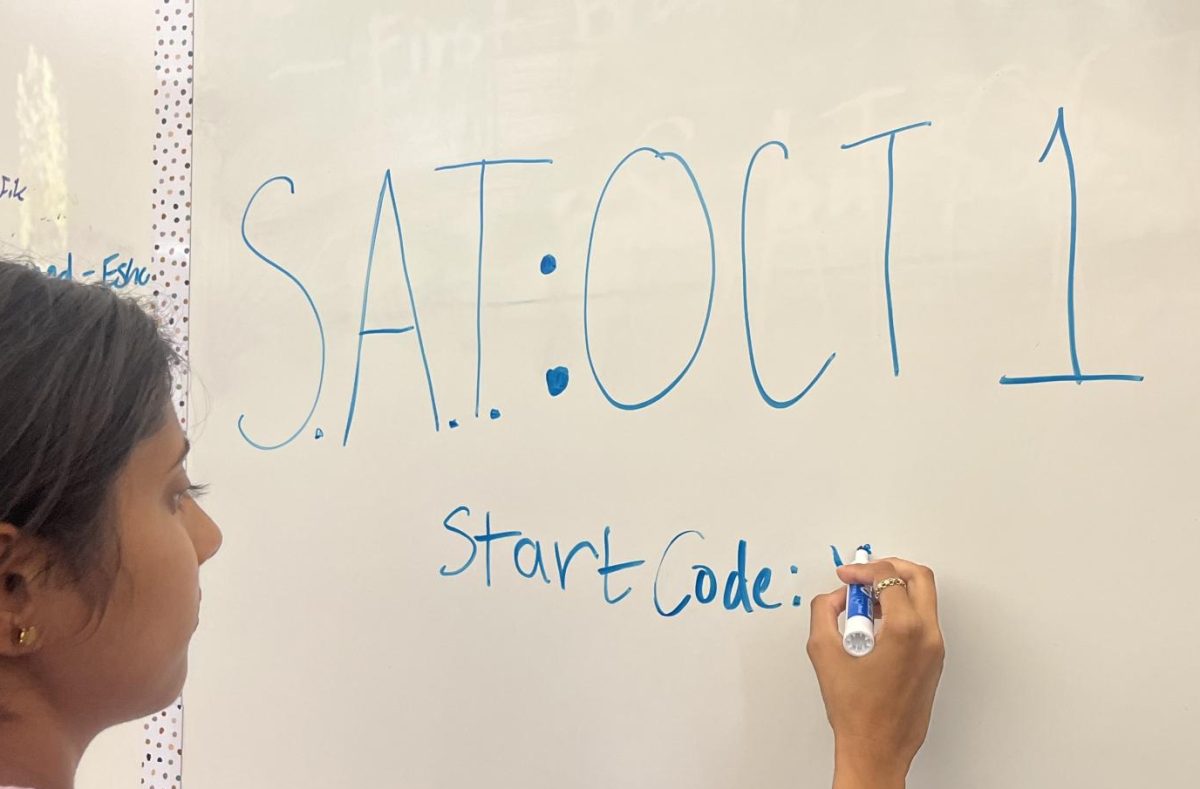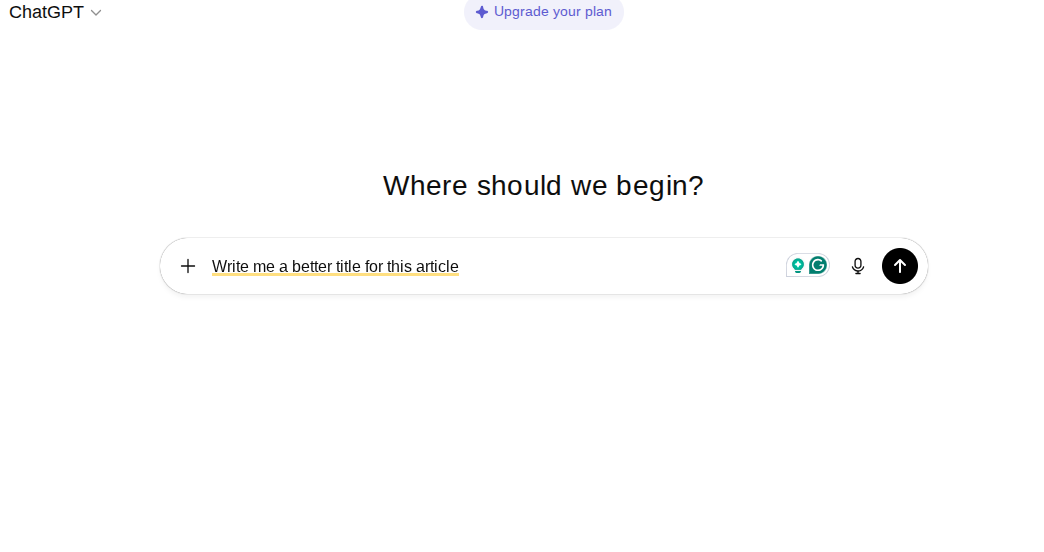In 2002, a prominent politician stood at a podium amid cheers and applause, waving to the audience while cameras focused on him. “Most bills are signed at the White House,” former president George W. Bush said. “But I decided to sign this bill in one of the most important places in America – a public school.” The bill was the No Child Left Behind (NCLB) Act (2002), aimed at propelling education reform to the next level and increasing equity between low- and high-income families. Americans were concerned about education and this was to be their saving grace!
In reality, the NCLB destroyed academic achievement and caused the gap between low- and high-income families to explode upwards, leaving educational scars that continue to be visible within American schooling today.
The NCLB aimed to solve problems by holding schools more accountable through standardized testing and an increased federal role. However, during the thirteen years prior to its replacement by the Every Student Succeeds Act (2015), it faced severe backlash from the emphasis the legislation placed on standardized testing and the frequent penalization of low-income schools. Standardized tests were and continue to be the number one indicator of student success across states. The initially high weight placed on these exams led to some teachers teaching only to pass the test, not to improve and adequately prepare students for future academia.
Additionally, the NCLB Act held all schools to the same timeline, regardless of their starting points. This becomes difficult when a low-income school, one that is already far behind in reading and mathematical levels, is expected to be at the same educational level as a well-funded school whose students are academically gifted and have access to a greater number of supportive resources. If schools, primarily low-income schools, couldn’t keep up, then they would be penalized. Many of these lower-income schools struggled to raise test scores because of the difficulty of the timeline and lack of funding. These penalizations included the following: changing of a school’s leadership, potential school closure or allowance of parents to move children to another school via vouchers.
On December 10, 2015, former president Barack Obama signed the Every Student Succeeds Act (ESSA) into law, effectively ending the controversial NCLB Act and ushering in hope that maybe students would finally receive the assistance they need.
As a means to give more power back to the states, ESSA allowed for states to create localized plans by setting their own metrics of success. For some schools, student engagement or attendance were the focus; for others, college and career readiness took center stage. Across the board, states were given federal funding and told to determine a way to quantify their educational goals. From their initial testing baseline, they could then set a date in the future by which time they hoped to improve.
As part of the Every Student Succeeds Act (ESSA) Section 1112(b)(2), states’ plans had to include measures to ensure a disproportionately high number of low-quality teachers weren’t going to schools with high populations of low-income or minority students.
Most states didn’t comply. The quality of a teacher is the single biggest indicator of student achievement and obtaining a level playing field for student success can only be reached through equitable teachers. In order to ensure the reduction of educational gaps, states were supposed to identify educator-equity gaps in order to create meaningful goals for the future, as well as properly identify a method through which to close such chasms in education. However, more than half of states’ plans didn’t include data on teacher quality gaps within their state. Only 14% of states identified a date by which they hoped to see improvement.

It is negligent for states to exclude such a clear cut and obvious provision to improve equity for low-income students who continue to suffer the repercussions of being taught by less experienced and lower qualified teachers than their middle- and high-income counterparts. We don’t know why states continue to engage in their dereliction of duty to the education of the next generation.
NCLB’s greatest failure was its inability to serve a diverse population. Part of the logic behind deemphasizing standardized testing within ESSA was to create a fair way to determine success amongst schools with fewer resources – the same schools that receive low quality teachers. This was intended to encourage a catered support structure and individualized goal for each school, celebrating improvement and pushing for experienced teachers for students of all socioeconomic backgrounds.
In reality, ESSA has failed to solve the inequality within NCLB’s originally established system, digging the United States’ educational system into an even bigger hole.
The Organization for Economic Co-Operation and Development (OECD) includes member nations of the world’s most vital economies. A majority of such countries are considered developed (“first world”) countries, including the United States. Within the 35 countries, the United States ranked 30th in math and 19th in science during the 2015 assessment. Since then the United States has improved its ranking slightly, but in 2022 the United States’ mathematics scores were lower than those from 2012.
Many have criticized various reforms, rhymes and reasons for the United States’ educational failings, but the true culprit – educational inequality.
The United States’ low performance on international assessments can likely be attributed to its high child poverty rate, ranking 31st place within OECD countries as of 2022.
In the American educational system, children in schools with a majority low-income or minority population have to overcome many challenges for academic success. Many face food insecurity, a lack of resources and housing struggles. In addition to these many uncertainties, schools with high rates of students of color are four times more likely to be taught by uncertified teachers.

ESSA’s most important measure for equitable access to quality teachers was meant to challenge the status quo by ensuring a level playing field for educational standards nationwide, but that is an impossible goal without support and accountability from states. Educational conditions differ from state to state and from school to school. States need to take action and provide targeted support to ensure students receive the help they need, rather than a general blanket of half-hearted support that doesn’t cover their areas of struggle. For as long as states continue to brush off the responsibilities they have to ensure a quality education for all, the United States’ educational system will continue to suffer.
We must push for all states to comply with ESSA’s educational goals. While states’ plans may have already been passed five years ago, there is always time for revolutionary legislation within states to better their children’s educational outcomes by promoting equity in the classroom.










